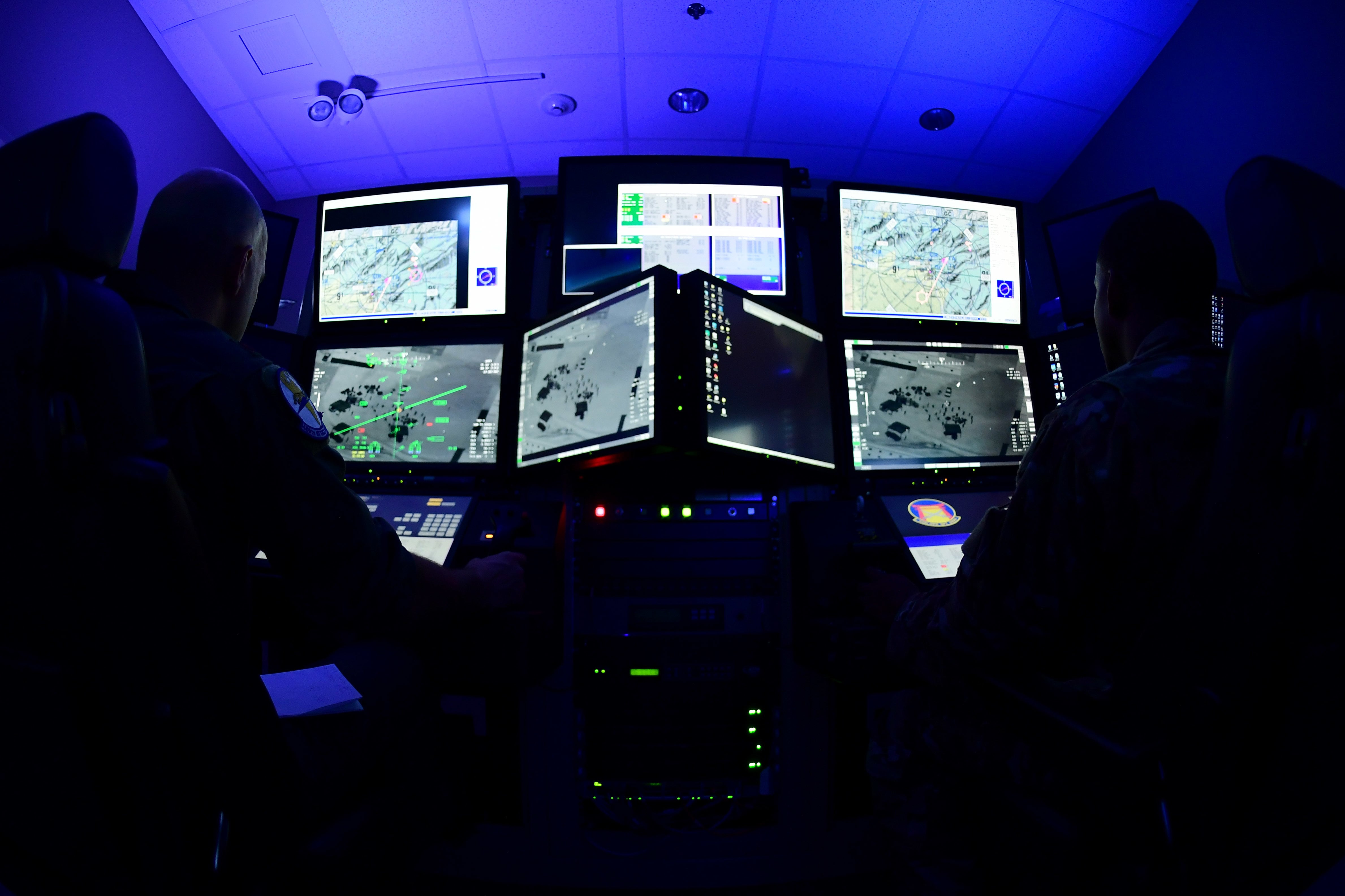ORLANDO, Fla. — The U.S. Air Force wants to tap into the augmented and virtual reality technologies that are proliferating in the commercial market, but the service has run into a problem: Many have parts from China, limiting their ability to be used by the U.S. military in operational environments.
“Can we not have an AR [augmented reality] solution that’s made in China? I don’t think that’s good for us,” Col. Gerard Ryan, chief of the Air Force’s operational training infrastructure division, said during a panel discussion Tuesday at the Interservice/Industry, Training, Simulation and Education Conference.
“I don’t think the security policy is going to pass. And I say that sarcastically, but it’s true. If we’re going to use a gaming engine, let’s make sure it’s not made by a foreign country that we don’t like,” he added.
Click here for more from I/ITSEC.
The Air Force is dipping its toes into using virtual reality through its Pilot Training Next program, which seeks to get airmen through basic pilot training more quickly and cheaply. While the PTN program is currently considered an experiment, with only a handful of airmen participating at any given time, the Air Force has already shown it may be able to shave months off the existing training timeline by supplementing live flights spent in the T-6 trainer with virtual ones using Vive virtual reality headsets and flight simulation software.
An unclassified environment like basic pilot training is a perfect place for the Air Force to use the augmented and virtual reality devices currently on the market. But for such products to ever see use by fighter and bomber pilots — or any operator that deals with secure information — the service must be sure that no part of the device is made by China, or any other foreign entity that could insert technology that allows for data collection.
The Air Force has begun talking to companies about its concerns, Ryan said. The hope is those firms can examine their supply chains and shift away from buying Chinese components.
“I’ve talked to some people in industry. A smaller company has said they’ve found a set of goggles that’s American-made. I’m like: ‘Great, you’re the first person to tell me that. The only one so far, too,’ ” Ryan said.
Another challenge is connecting commercial devices in a classified environment, where Bluetooth and Wi-Fi use may be restricted.
RELATED

“I’ve talked to one company that has figured [it] out. They have a system where it’s a backpack laptop. So it’s a direct connect to the goggles,” Ryan said. “Unfortunately it’s more expensive, probably, to do that. It’s probably more challenging to find the parts.”
When augmented or virtual reality systems can be brought into classified environments, they may not be flexible enough for quick reconfiguration to complement different training scenarios, said Col. David Nyikos, Air Combat Command’s deputy director of operations.
“AR/VR is super cool,” he said during the panel. “But now you need it to evolve, you need it to reprogram to adapt to whatever mission rehearsal you’re coming up with. Maybe tonight you’re going to go out with guys from AFSOC [Air Force Special Operations Command] working with some Norwegian SOF [special operations forces], working with some Afghans. You’ve got to be able to train together to rehearse that. We don’t have that right now.”
Valerie Insinna is Defense News' air warfare reporter. She previously worked the Navy/congressional beats for Defense Daily, which followed almost three years as a staff writer for National Defense Magazine. Prior to that, she worked as an editorial assistant for the Tokyo Shimbun’s Washington bureau.








